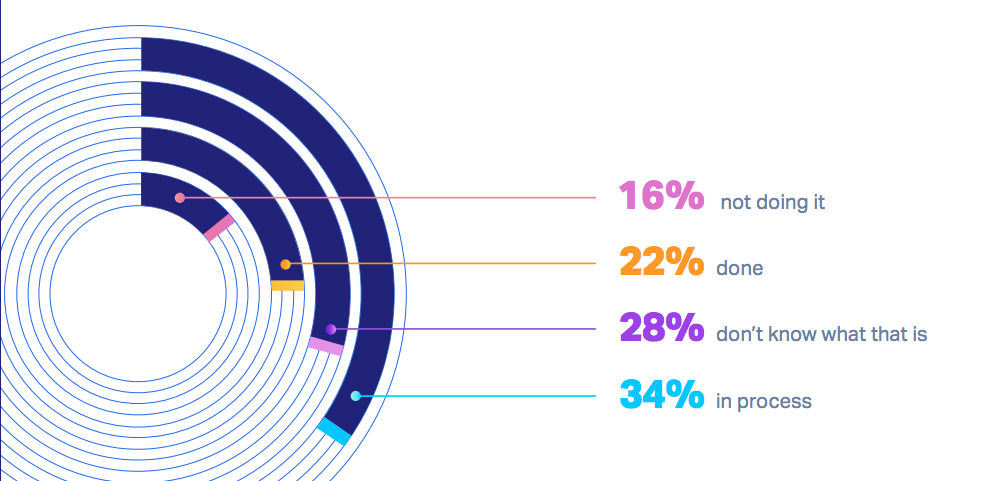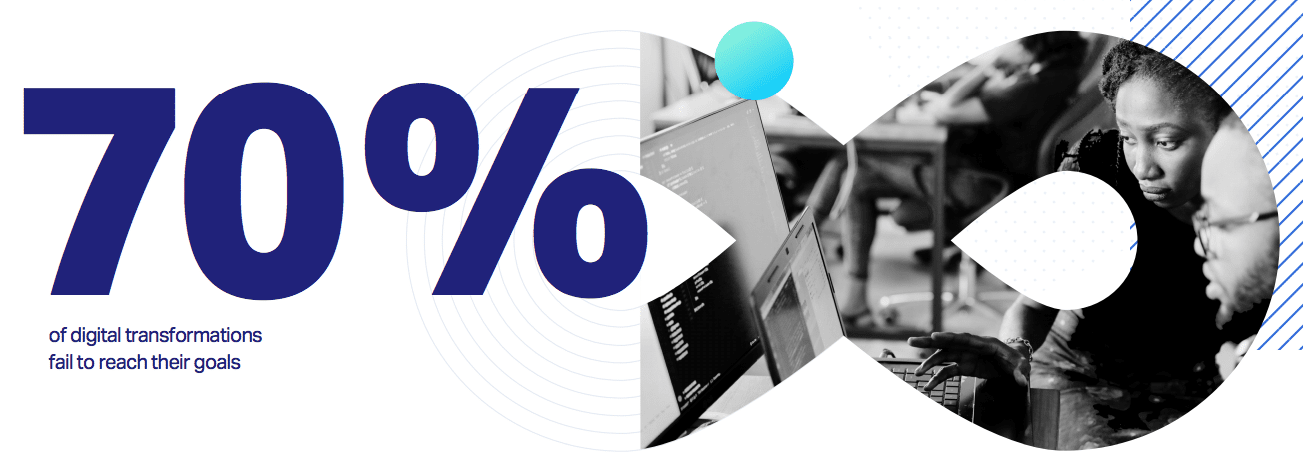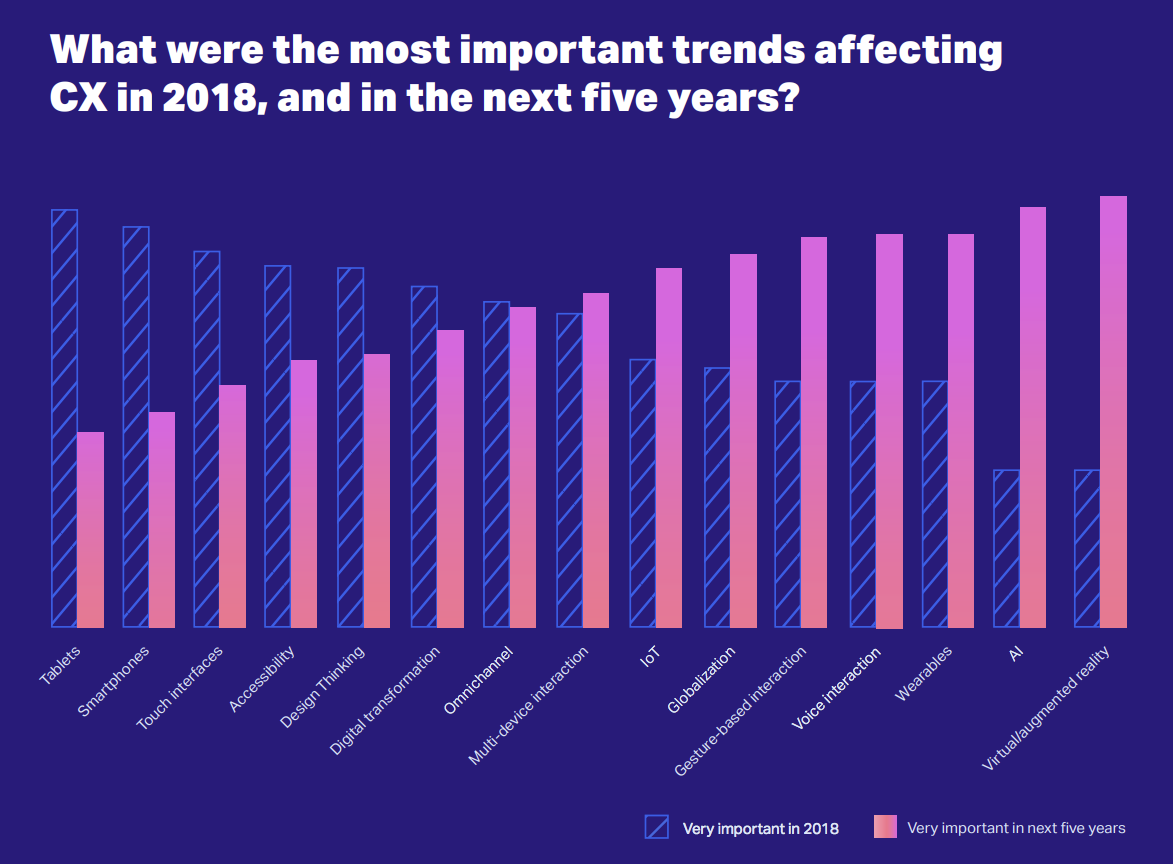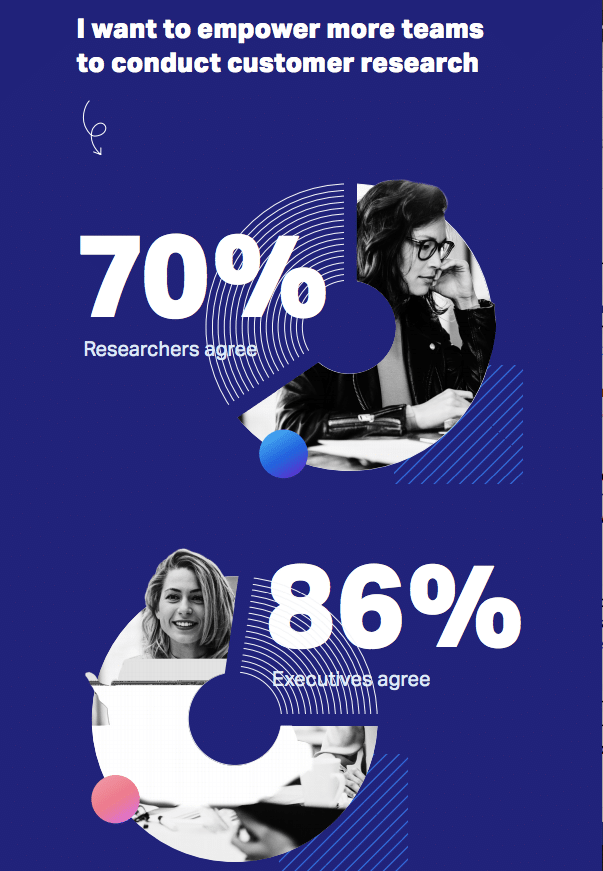Customer experience today is changing radically as new technologies disrupt traditional industries and customers ramp up their expectations for faster, more personalized service—and new research from CX delivery firm UserTesting reveals there’s never been a greater need for companies to quickly empathize with their customers and understand their experiences than now.
An experience is made up of many touchpoints, interactions and exposures that a customer has with a brand—its product, service, employees, and market messages across multiple channels—over the duration of the relationship. Great customer experiences can drive brand loyalty, customer growth and revenue, while poor experiences can result in lower margins and customer attrition. The industry’s largest ongoing survey of CX issues, just updated for 2019, reveals that 85 percent of respondents said their overall customer experience needs improvement.
In the sixth annual Customer Experience Industry Report, UserTesting identified three key trends driving customer experience. The trends provide a better understanding of the challenges companies are facing and what needs to be done to succeed in the Experience Economy.
Digital Transformation: Many companies are struggling
The Digital Transformation concept isn’t new and many C-level executives and consulting firms list it as a top priority for the next several years. However, the digital transformation journey has been slow. The report revealed 40 percent of those surveyed have never heard of digital transformation. A mere 20 percent reported a successful digital transformation. Most of the others reported that their digital transformation is still a work in progress.
How is your company was progressing with its digital transformation journey?
According to research by McKinsey, 70 percent of digital transformations fail to reach their stated goals. Many companies have an urgent need to better understand how technology is changing customer expectations and what they can do about it.
CX trends and customer needs: Stay focused on what matters
One of the challenges facing companies is understanding which new technologies really matter. Future trends don’t necessarily reflect current consumer needs. We asked survey respondents to rank the trends making the most impact on customer experience today, and which will have the most impact five years from now. The results showed a stark contrast between the hot new technologies that are making news, and the more mundane trends that are actually making a difference today.
Virtual reality (VR) and artificial intelligence (AI) were noted as two top trends to watch in the next five years but viewed as very low impact for 2018. Tablets and smartphones were listed as the most impactful in 2018 but considered a low priority in five years.
The inverse nature of these technology trends shows a need to focus on both current and future customer needs. Customer research and human insight must be leveraged to make informed decisions on what to build and when to build it. What’s most important is working to always understand the changing needs of the customer.
Scaling customer research: A top priority
The need to scale customer research within an organization has never been more urgent. Traditional customer research is too slow and expensive to keep up with the needs of modern product development, and many teams reported that they lack sufficient user research support. For example, designers reported that 66 percent of their projects didn’t have any user research help.
Researchers understand this struggle. The survey found nearly 70 percent of CX researchers want teams across their organizations to have the ability to conduct their own user research. This sentiment was echoed by C-level executives, with more than 85 percent stating they wanted to enable more people within their organizations to conduct user research. Establishing a scaled approach to customer research empowers everyone within an organization to develop a customer-centric mindset and focus on the customer experience.
“Keeping up with constantly changing customer expectations is a challenge facing every company today. New technologies ranging from today’s mobile to tomorrow’s virtual reality continue to alter the rules for every industry. To stay on top of those trends, companies have to find ways to bring customer insights into every decision, in real-time,” said Michael Mace, VP of market strategy at UserTesting, in a news release. “Our report shows a strong need to empower all teams within an organization to gather customer insight quickly, so they can make high-confidence decisions at the speed of digital business.”
Download the full report here.
The survey asked more than 1,600 professionals across a wide variety of industries how their organizations are approaching customer experience and conducting CX research. The survey was divided into sections based on respondent job role, plus a set of general questions asked of everyone.












